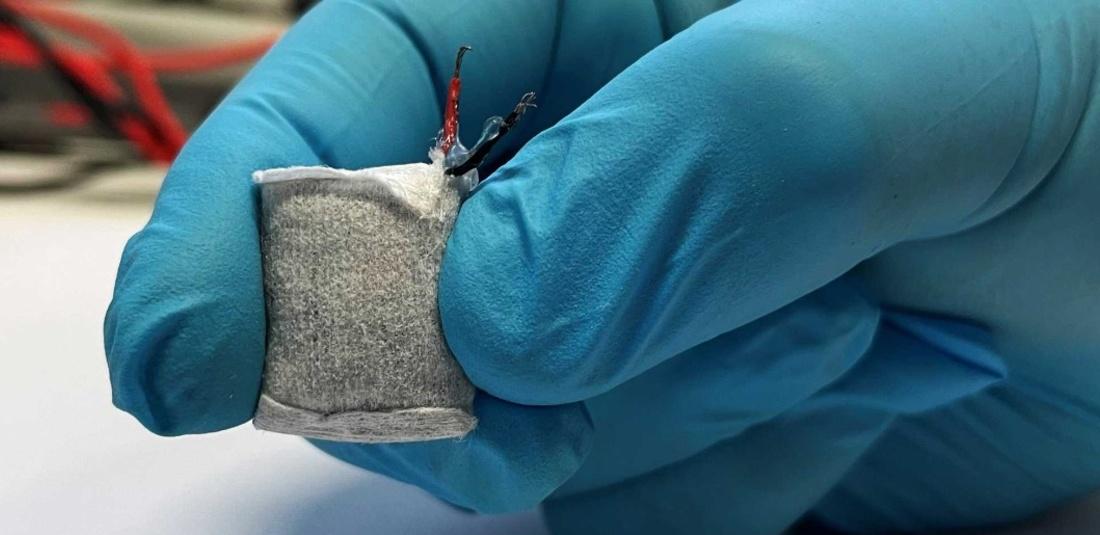
For those with type 1 diabetes, managing sugar levels can be a daily struggle. The checking of glucose levels often requires people to prick their fingers multiple times a day, extracting blood for a glucose meter so they know exactly how much insulin to take. The process is inconvenient but necessary, with little room for error.
To reduce the potential for human error, we have devices like portable glucose meters, continuous glucose monitors (CGM) and artificial pancreases. However, when it comes to ensuring that our bodies can convert glucose to energy amidst a dearth of insulin, there is still room for improvement.
To that end, Swiss scientists have devised an implantable fuel cell that converts glucose to electricity, using this to dispense enough insulin into the body to regulate sugar levels. Researchers at Eidgenössische Technische Hochschule (ETH) in Zürich, Switzerland say their metabolic fuel cell, resembling a tea bag, can be implanted under the skin, functioning in a closed-loop and producing insulin self-sufficiently.
“The metabolic fuel cell does much more than just generating electrical power. It also monitors the blood glucose level in real time [via the amount of electrical power it produces],” says Martin Fussenegger, lead author of the study, from the Department of Biosystems Science and Engineering at ETH Zurich in Basel.
The need for an automated system
Type 1 diabetes is a condition in which insufficient production of insulin by the pancreas leads to high blood sugar levels, necessitating an external source of insulin to be injected into the body. While insulin pumps and artificial pancreases can do the job, they require an external power source to do so.
“Every electrical or electronic device needs to be charged. Although this in principle is straightforward, it can be a challenge. As with our smartphones when we forget to charge [the phone], it runs out of power. For a life-saving device, that could become more critical,” says Fussenegger in an email exchange with Happiest Health.
This challenge prompted Fussenegger and colleagues to explore the use of an implantable fuel cell that can not only detect rising glucose levels but also send signals to artificial pancreatic cells connected to the fuel cell to release insulin in the body.
Inner workings of the fuel cell
The fuel cell is made of copper-based nanoparticles that can break up the glucose molecules into gluconic acid and a proton which generates electricity. It is placed within a nonwoven fabric that is coated in alginate which soaks up the body fluid containing glucose allowing it pass into the fuel cell.
The researchers then coupled this with a capsule that contains artificial beta cells that can secrete insulin in response to the electric current it receives from the fuel cell.
“We showed that the metabolic fuel cell works in an animal to only use excess blood glucose (otherwise the animal would starve if all glucose was used), measure blood-glucose in real time and, most importantly, have the device control cells to produce insulin in a self-sufficient and closed-loop manner,” adds Fussenegger.
Future directions
While the working of this device has been seen in mice, there remain challenges with respect to the growth of fibrous tissue around the implant, a problem that is usually seen in other body implants prompting regular changes of devices.
“At this moment we do not know how much of a challenge fibrosis would be for the metabolic fuel cell itself. It is likely that fibrosis does not prevent the diffusion of glucose into the metabolic fuel cell, and we expect it to work irrespective of fibrosis” says Fussenegger.
To move further with the development of their device, Fussenegger says that they would need to produce the components under good manufacturing compliance and initiate human clinical trials to validate the safety and efficacy of the fuel cell.

















